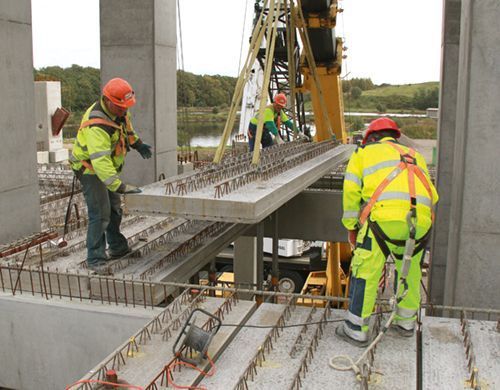According to Przemysław Borek, the CEO of Pekabex, the largest Polish producer of reinforced concrete prefabricated elements, prefabrication makes up less than 1 pct of residential construction in Poland. And we are not talking here about entire buildings, but individual elements – such as the staircases, balconies and ceilings. The number of entirely prefabricated buildings is even rarer. According to the data of the Polish Central Statistical Office [GUS], in 2016 only 247 units (less than 0.2 pct) were built using the large-panel or large-block method (out of 163,300 apartments). The handful of attempts to reintroduce the extinct prefab species include two buildings developed by Polnord in Gdańsk, Budizol’s project on ul. Sprzeczna in Warsaw and Pekabex’s planned residential estate in Poznań. And yet this was once an industry that constructed four million flats across the country.
Quality costs
Wary of the negative associations surrounding prefabs, developers































































